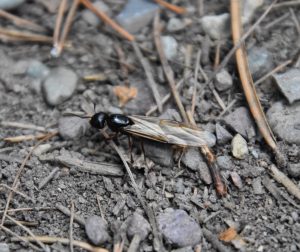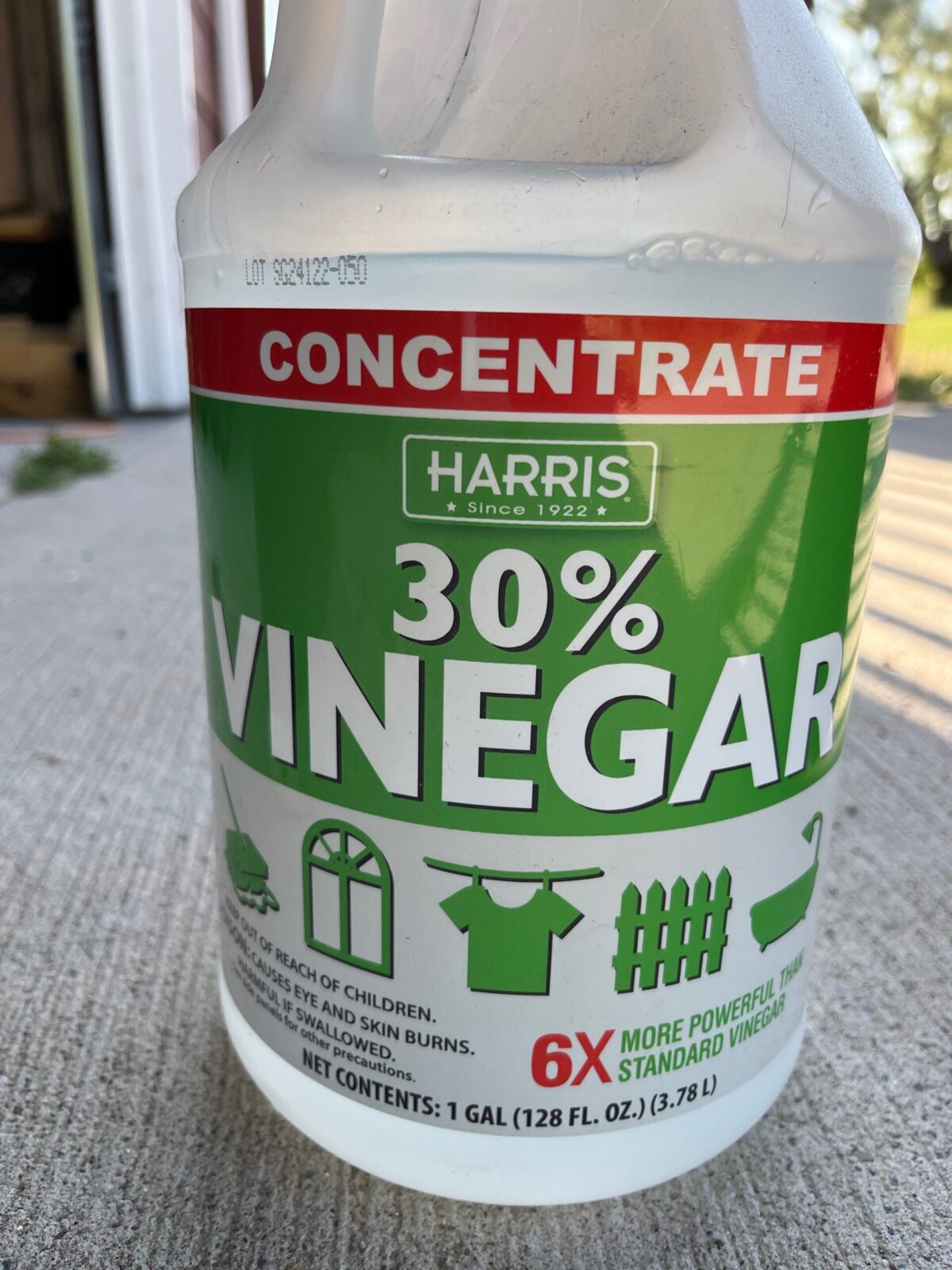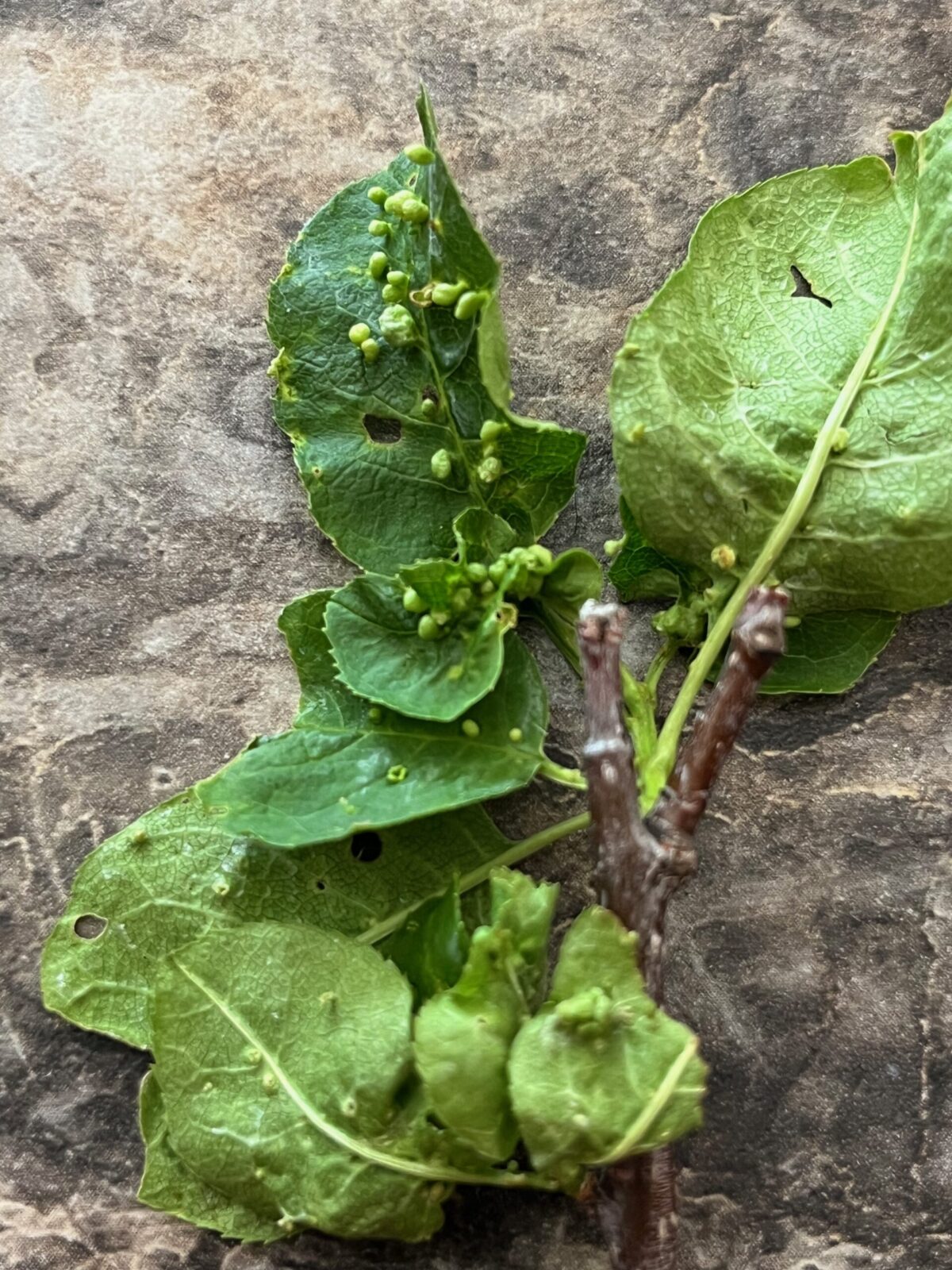Carpenter Ants: Prevention Techniques and Products
Views: 932

When we were out and about the other day, we noticed large, winged ants making their appearance. At this time of the year many species of ants take flight in nuptial gatherings from different colonies. Much to homeowners’ dismay, carpenter ants are among them. At the given cue, the males and unmated females fly into the air, then land and the males try to pair with females. Once successful, he dies.
Carpenter Ant Life Cycle
The mating season lasts only a few weeks. Carpenter ants are easy to spot since the virgin females are dark, nearly an inch long, and have wings that extend beyond their bodies. It’s common to see unmated queens walking around homes or in the forest waiting for their chance to mate. After the nuptial flight, her wings fall off, and she looks for a good place to construct her nest. The best option for her new home is usually a soft, decaying old stump. Although, this is also when she might choose openings in a home, such as in ceilings or walls, to create the nursery.
Within this colony, the now wingless queen will lay only up to 20 eggs for her first hatch. At this time the queen feeds them from her own nutritional resources. It takes 60 days for the larvae to grow into a functioning worker, which is when these wingless, sterile females begin their lifelong goal of foraging, feeding and tending to their queen. As they continue to nourish her, she can lay more eggs at a time, growing the colony that will last for years.
Left on their own away from a structure where they can cause damage, carpenter ants are an important part of the ecosystem. Although they don’t eat wood, they chew through it to excavate their tunnels for the colony. This breaks down the old stumps or rotting wood allowing them to become part of the soil. Their primary diet consists of small insects, and even dead ones, as well as the sweet secretions from aphids, called honeydew, that they actively encourage. The workers gather all of these potential sources of nutrients and regurgitate them to feed the queen. And, as so many in this big food chain, they are food for many other animals, including a number of birds. So it’s good to have them as long as they stay away from your home.
Problems and Prevention
The problem with carpenter ants is when they forage in a home or other structure. They can do damage to anything wooden within the building. And the challenging part is they can be in your home, but it doesn’t mean the colony is there. Although, sometimes, they will create satellite colonies outside of the main one. Plus, the workers will easily travel 100 yards to look for food and water. So, even though you might seen them in your house and eliminate them, it doesn’t mean you have eradicated the colony.
The best way to take care of carpenter ants is to prevent them. Eliminate nests that are within 100 yards of your home or outbuildings. Clean up the old stumps or any wood debris within that area. Keep woodpiles away from the home, too, since they will take advantage of those, as well. And since the ants really prefer rotting wood, painting or treating it will discourage them from using that particular area.
If you do have ants, use the least toxic methods first, such as sprinkling diatomaceous earth or using a boric acid mixture. In extreme situations, there are a number of specific ant-killing pesticides that can be used, but these should be employed as a last resort.
The unmated female carpenter ants sporting their wings in the springtime are an intimidating sight, but in reality it’s when the wings are gone is when they can potentially cause damage. As long as a nest isn’t close to your home, it’s fine to enjoy them. If they move into your home as their happy hunting grounds, it’s time to show them the door.
Meet Amy Grisak
Amy is a freelance author and photographer in Great Falls, MT who specializes in gardening, foods, and sustainable agriculture. She provides information on every kind…
Amy's Recent Posts

Grab Vinegar to Eliminate Weeds








